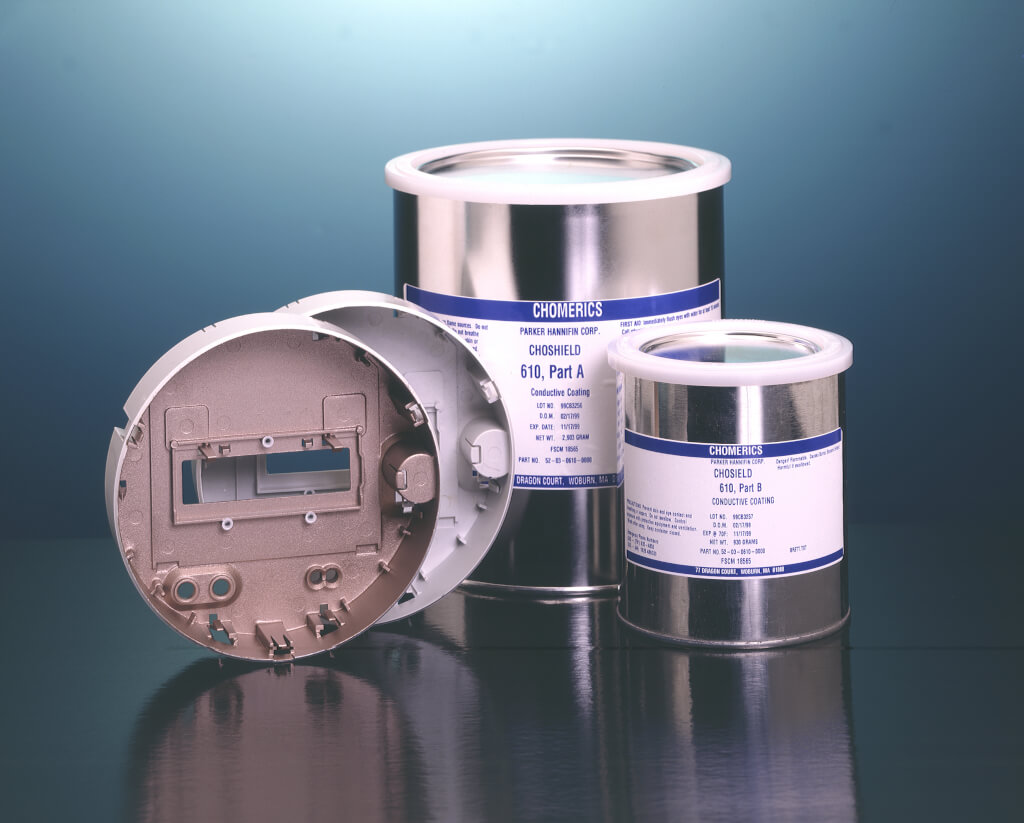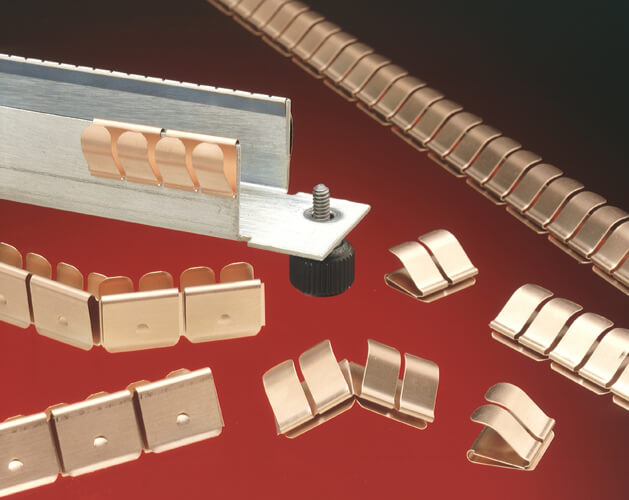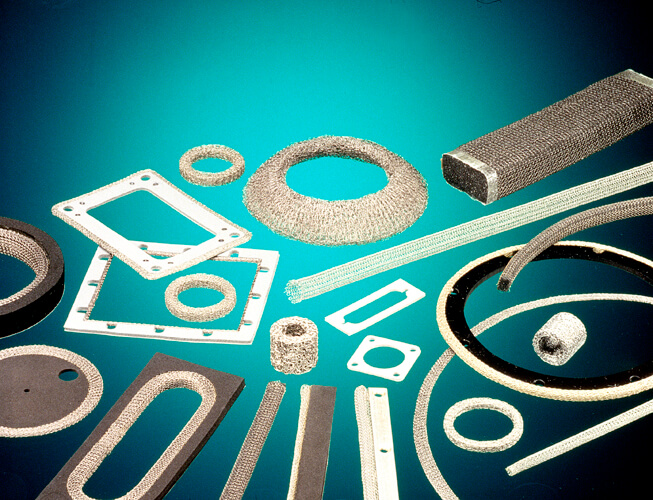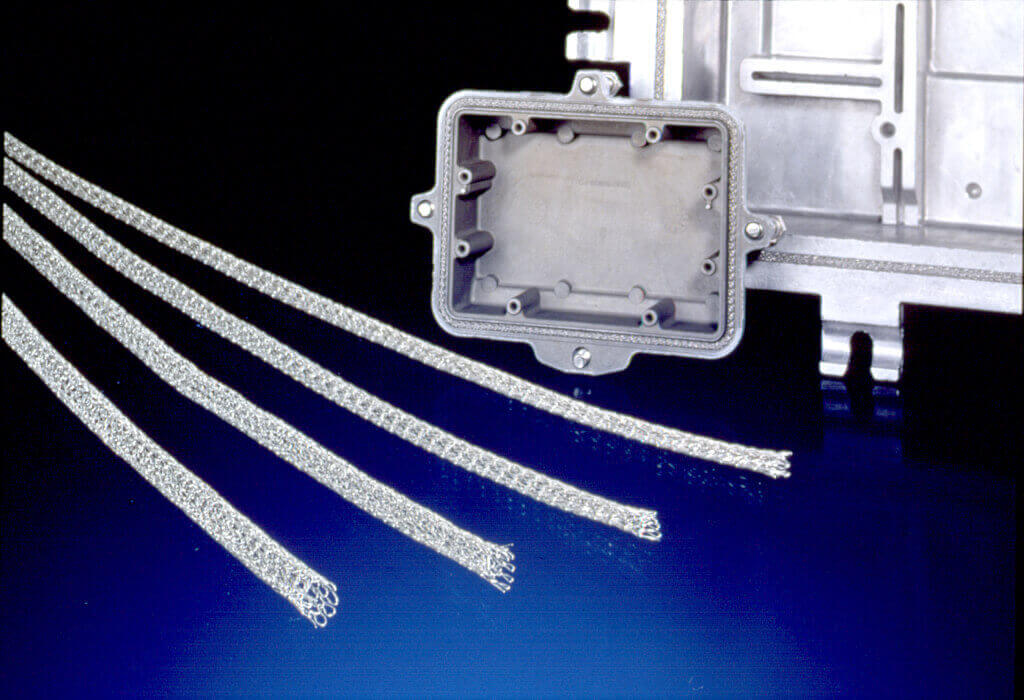Often an EMI shielded chamber or cabinet requires access using, for example, doors and panels or enclosures that are re-opened. In closed condition the mating surfaces need to provide perfect electrical contact. For this requirement we offer several solutions.
Our conductive elastomers are based on (Fluor) silicone, EPDM or a Fluor carbon filled with particles of pure silver, silver-plated-copper, silver-plated-aluminum, silver-plated-nickel, silver-plated-glass, graphite or nickel-plated-graphite. These materials can be both molded and extruded so the geometrical possibilities are varied. In addition to EMI shielding these materials provide protection against other external influences as well, such as pressure, temperature, and moist up to a certain level fulfilling the requirements of MIL-STD-810 against fungus.
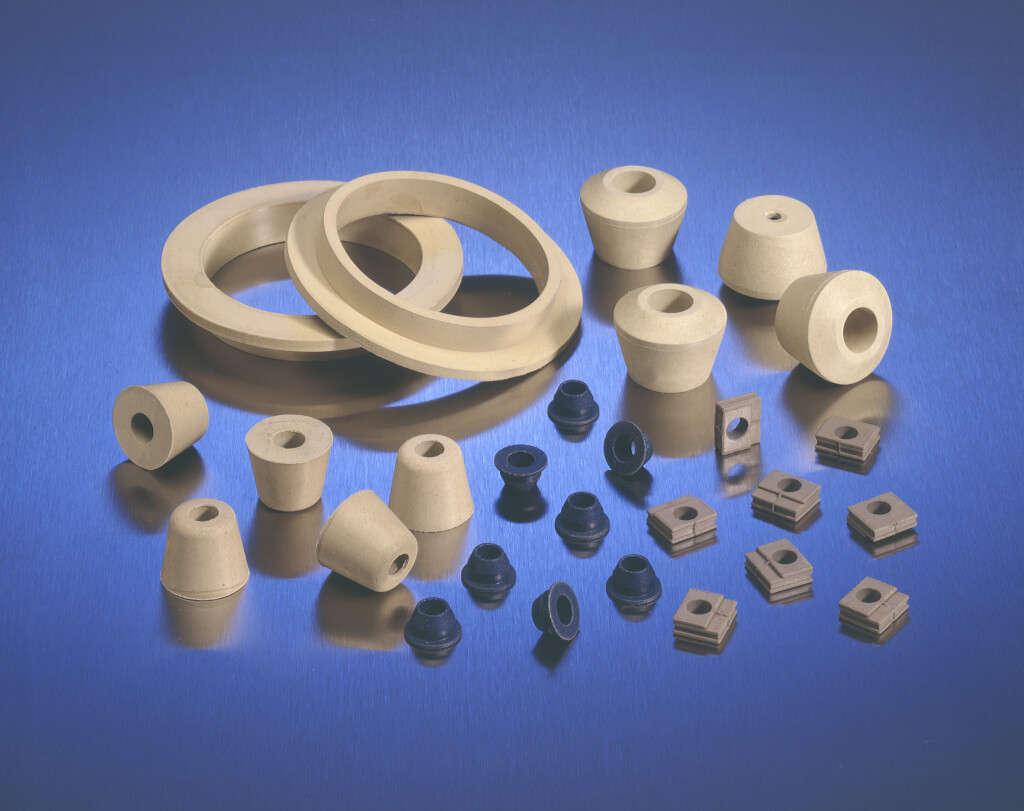
Simultaneously extruding two materials through one profile creates a co-extrusion gasket out of both electrically conductive and non-conductive elastomer. This gasket provides maximum simultaneous protection against corrosion and EMI disturbances. The outer non-conductive elastomer provides protection against moist, salt, pressure and temperature influences and prevents them from reaching the conductive part of the gasket. Using this technology corrosion is being prevented in the naval and airspace industry. In addition it is a cost and space effective technology. Instead of designing a dual set of gaskets and dual set of grooves, only a single gasket and a single groove is required.
Conductive adhesives, caulks and sealants are being applied to create a EMI-tight assembly. By choosing the appropriate material curing is activated at room temperature, elevated temperature or atmospheric humidity. Even aluminum can be used as a mating material for a conductive bond. To do so, an adhesive is chosen that etches trough the thin non-conductive oxide layer.
Flexible silicone adhesives are being applied as a material to shape gaskets or to fixate other gaskets. These adhesives remain flexible and compressible which gives them the ability to maintain protection against environmental elements.
In situations where larger cavities and cracks or large gaps need to be filled, an electrically conductive epoxy can be chosen. A non-reopenable hardening epoxy can be chosen or a flexible poly-isobutylene that remains its flexible properties being suitable for vibrating environments. Corrosion of both the mating material and the filler material is being oppressed.
